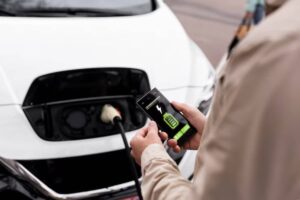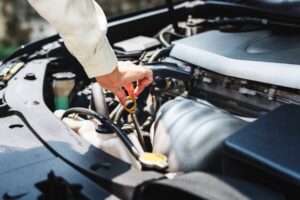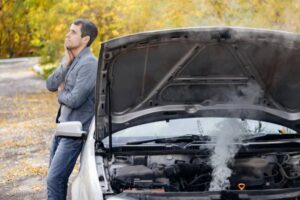The Automobiles Blog
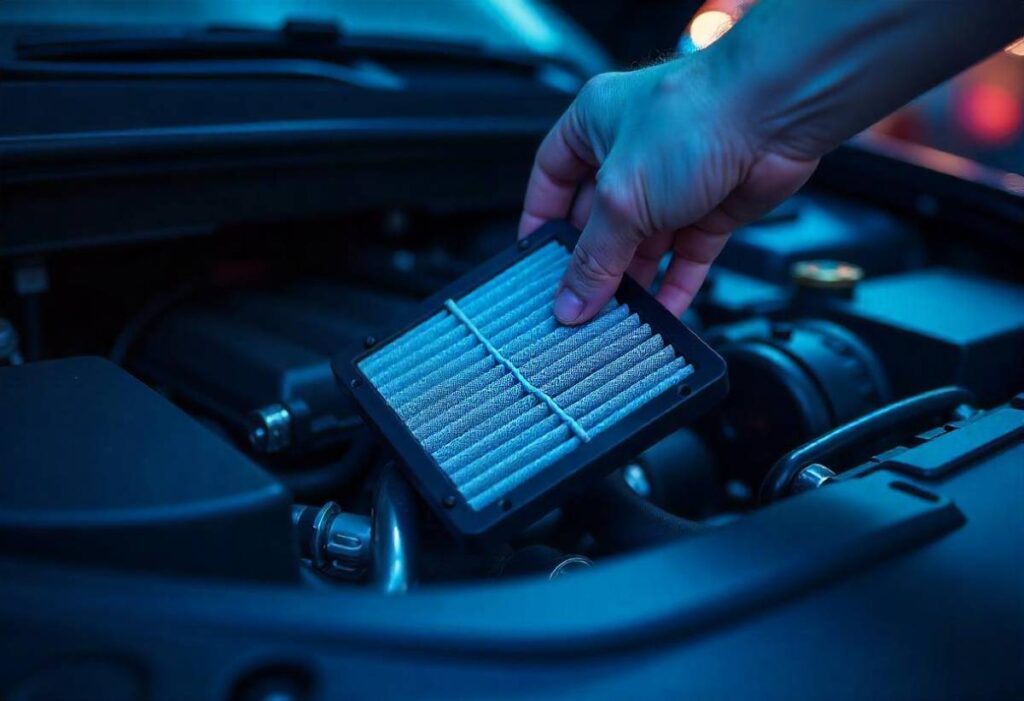
How to Check and Replace a Hybrid Car Air Filter
It’s easy to forget about your hybrid’s cabin air filter. It’s out of sight, tucked behind the glove box, and doesn’t make any noise when it’s working. But this little component plays a surprisingly big role in your daily driving comfort.
A dirty or clogged cabin air filter can lead to musty smells, reduced airflow, foggy windows, and overworked HVAC systems. Worse still, it can compromise the air quality inside your car, especially troubling for allergy sufferers or urban drivers who spend hours in traffic.
Whether you drive a Toyota Prius, Hyundai Ioniq, or Honda CR-V Hybrid, regular hybrid air filter changes are a smart, easy win for long-term car health. This guide gives you everything you need to know about cabin filter checks, when to replace your filter, and how to do it yourself without needing a mechanic.
Let’s get under the dash and into the details.
Understanding Cabin Air Filters in Hybrid Cars
A cabin air filter purifies the air that enters your vehicle through the HVAC (Heating, Ventilation, and Air Conditioning) system. Unlike the engine air filter, which protects your engine from dirt and debris, the cabin air filter is all about your comfort and health.
What Does It Filter?
- Dust
- Pollen
- Pollution
- Diesel soot
- Mould spores
- Pet dander
Why It Matters More for Hybrids
Hybrids tend to idle more quietly, often keeping fans running longer when the engine isn’t. This increases dependency on a well-functioning filter for proper airflow. With regenerative braking and long EV-mode sessions, you’re also more likely to notice stale or restricted air movement when the filter is clogged.
Quick Summary: Key Steps to Replace Your Cabin Air Filter
- Locate your glove box and open it fully
- Remove the dampener arm (if present)
- Release the glove box stoppers to let it swing downward
- Find the cabin filter housing cover
- Remove the old filter and take note of the airflow direction
- Insert the new filter, making sure it’s facing correctly
- Reassemble everything in reverse order
Most replacements take under 10 minutes. Tools are rarely required.
Step-by-Step Guide: How to Check and Replace a Hybrid Car Air Filter
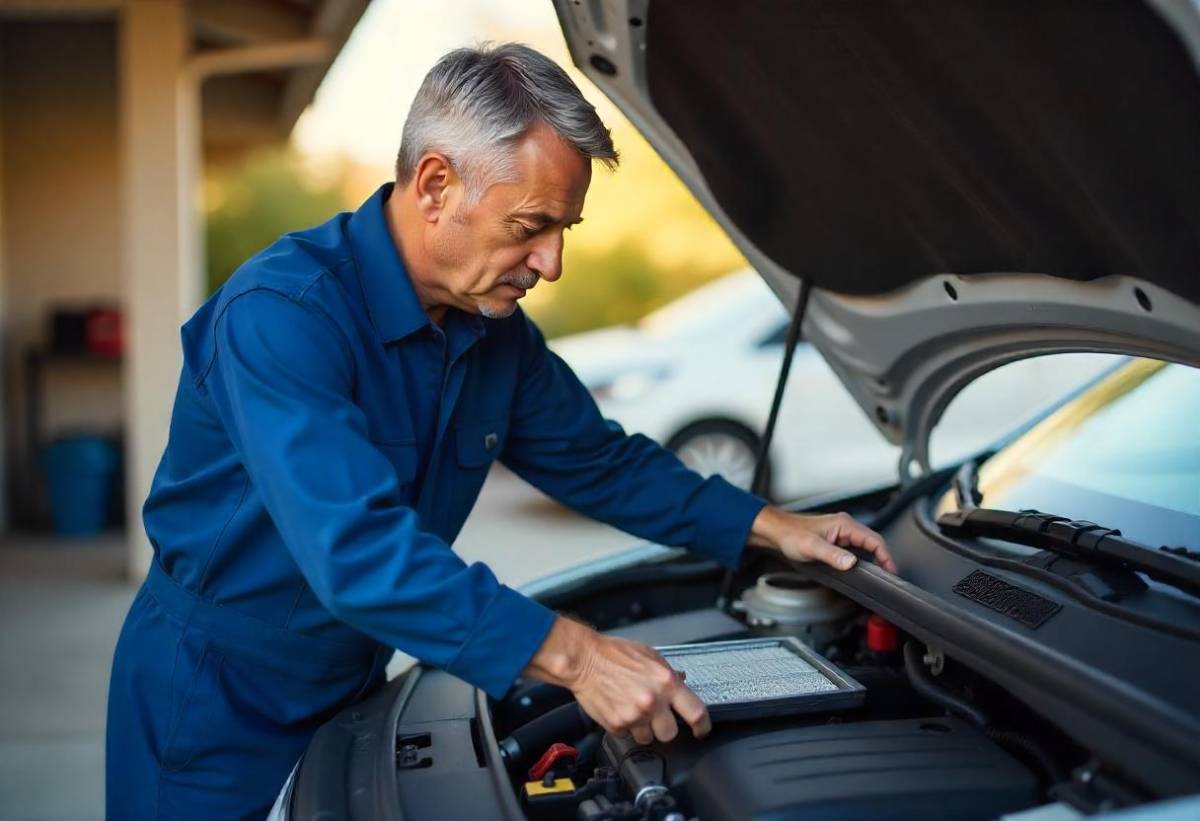
Step 1: Gather What You Need
- Your car’s owner manual (for location and size reference)
- A replacement filter (OEM or high-quality aftermarket)
- Screwdriver (only needed for some models)
- Gloves (optional for cleanliness)
Pro Tip: Look for activated carbon filters for better odour control and pollutant absorption.
Step 2: Locate the Cabin Air Filter
In nearly all modern hybrids, the cabin air filter is located behind the glove compartment.
- Open the glove box and remove its contents
- Locate the dampener arm on the right side and gently unclip it
- Squeeze the sides of the glove box inward to release the stoppers
- The glove box will swing down, revealing the filter housing
Step 3: Remove the Filter Cover and Old Filter
- Find the rectangular plastic housing with tabs or clips
- Carefully unclip and remove the cover
- Pull the old filter straight out
- Take note of the airflow direction arrows printed on the old filter or housing
Warning: Don’t force the filter out — it should slide easily. If not, check for hidden clips or tight bends.
Step 4: Check the Condition of the Old Filter
This is your cabin filter check moment. What do you see?
- Grey with visible debris? Time to replace.
- Damp or mouldy? Definitely replace.
- Slight discolouration but no odour or visible blockage? May last another month or two.
Expert Insight: Even if they look “not too bad,” filters lose efficiency before they look dirty. Stick to replacement intervals, especially in urban areas.
Step 5: Insert the New Filter
- Match the new filter’s dimensions with the old one
- Insert it with airflow arrows facing the correct direction
- Reattach the housing cover securely
Step 6: Reassemble the Glove Box
- Lift the glove box and snap the stoppers back into place
- Reattach the dampener arm (gently clip it back)
- Replace glove box contents
You’re done. Take a breath — literally. You’ll notice the improvement immediately.
Best Practices for Longer Filter Life
- Park in garages or shaded areas to reduce outdoor pollutant intake
- Close your windows in heavy traffic or dusty environments
- Run your HVAC on recirculate when passing through polluted zones
- Inspect the filter every 6 months, especially after pollen season
FAQs About Hybrid Cabin Air Filters
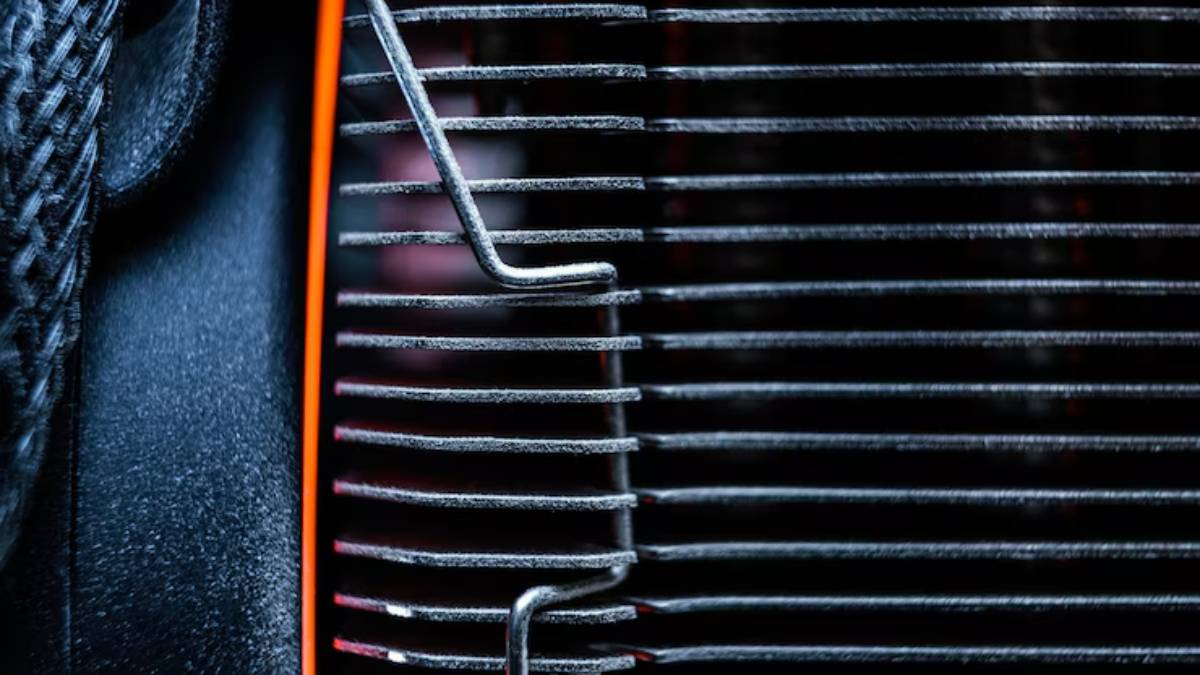
How often should I replace my hybrid cabin air filter?
Most experts recommend every 12,000 to 15,000 miles, or once a year. Urban drivers or allergy sufferers may need to do it more frequently.
Are engine air filters and cabin air filters the same?
No. The engine air filter protects your engine; the cabin air filter protects you and your passengers.
Can I clean the filter instead of replacing it?
You can gently tap it or vacuum the surface, but this won’t remove fine dust or allergens. Replacement is always best.
What happens if I don’t replace it?
Expect reduced airflow, potential HVAC strain, musty odours, and poor air quality, especially harmful for asthma or allergy-prone passengers.
Interlinking for Deeper Learning
Routine maintenance doesn’t stop with the cabin air filter. Explore our top fluids to check in hybrid vehicles to ensure your car runs efficiently from every angle.
And when you’re deciding which maintenance tasks to tackle yourself, our DIY vs pro maintenance for hybrids guide will help you make confident, informed decisions.
Conclusion: A Small Change With a Big Impact
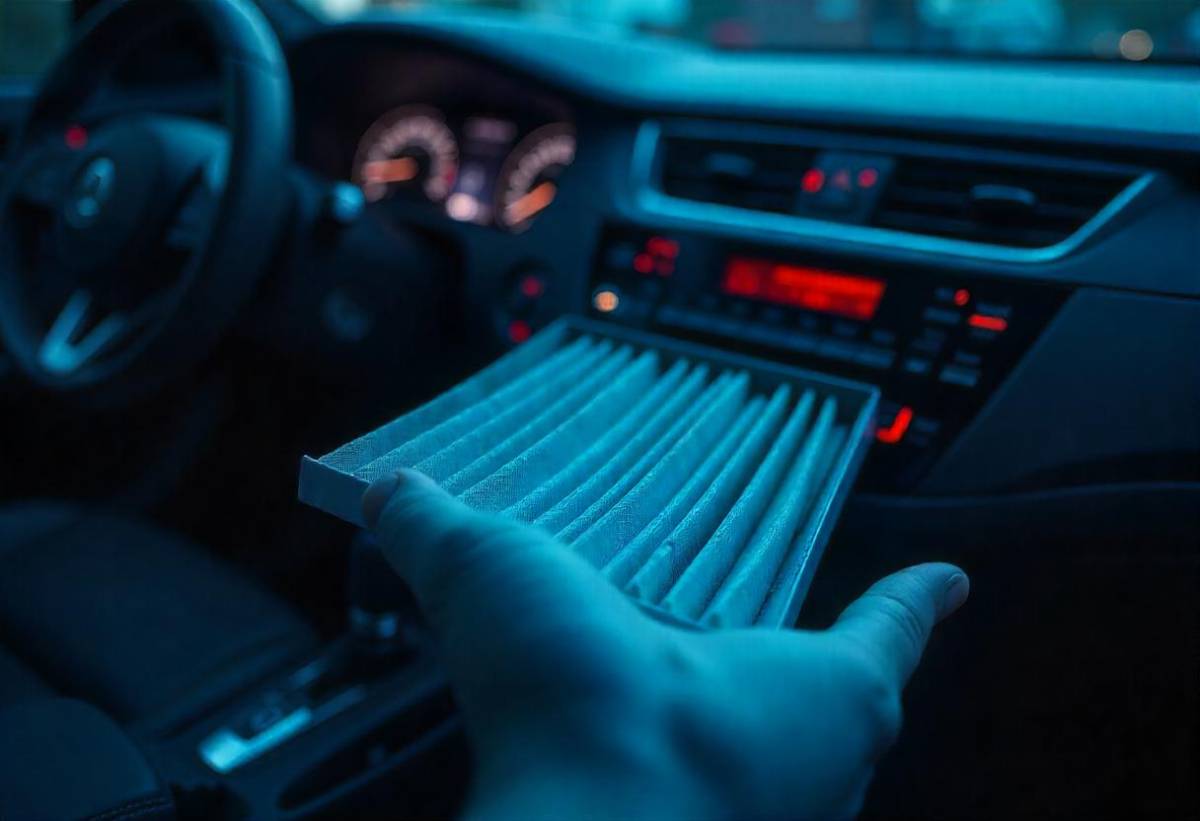
A clean cabin air filter doesn’t just protect your lungs — it protects your car too. It reduces strain on the HVAC system, helps maintain fuel efficiency, and makes your hybrid feel fresher and more responsive.
Here’s what you’ve learned:
- How to perform a quick cabin filter check
- When and how to replace it yourself
- The benefits of regular hybrid air filter changes
- Pro tips to avoid common DIY mistakes
Now it’s your turn. Check your glove box, order that filter, and enjoy a breath of fresh air — the kind that only comes from a hybrid running at its best.
Do you have questions or hybrid filter tips of your own? Share them in the comments and help other drivers breathe easier.



